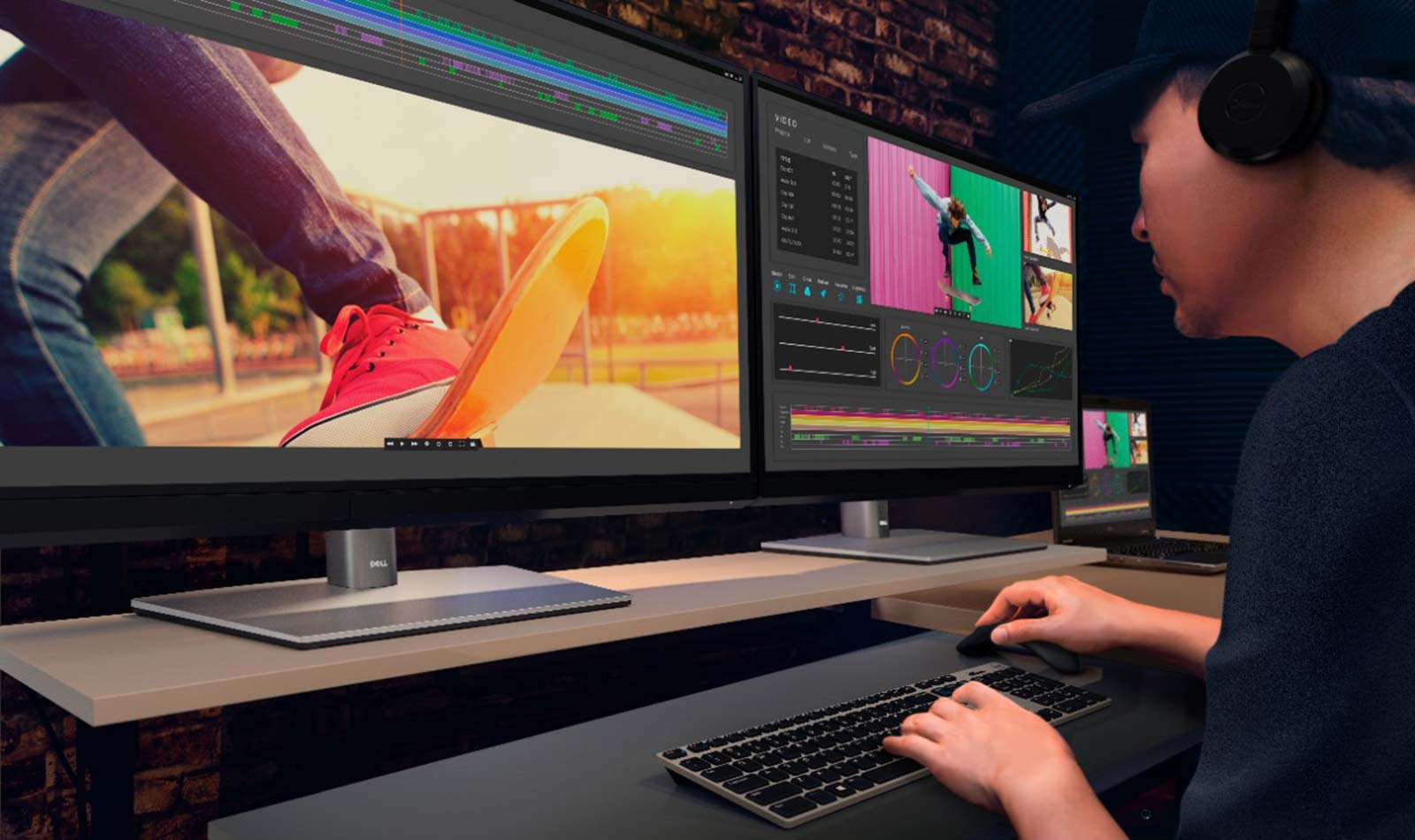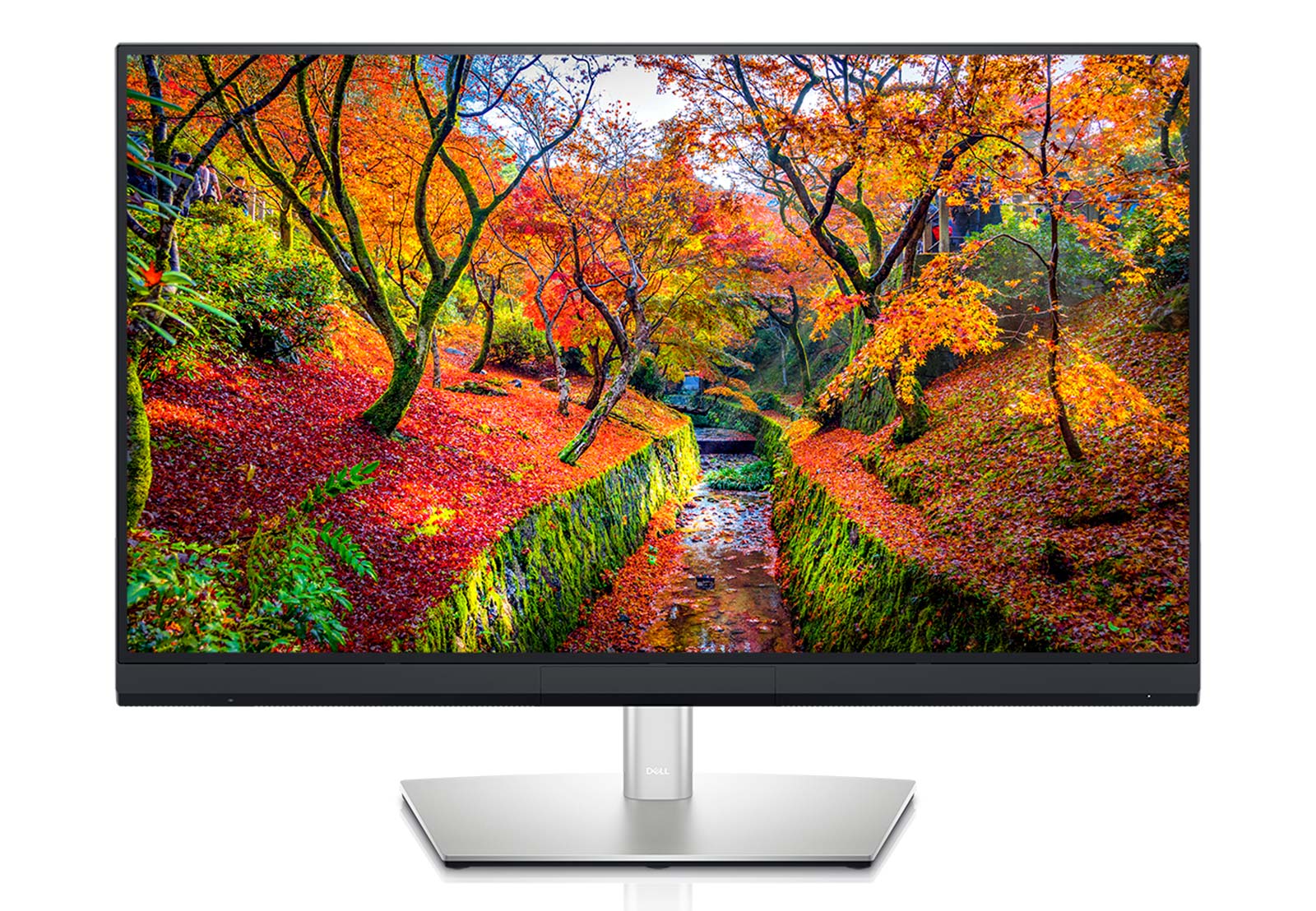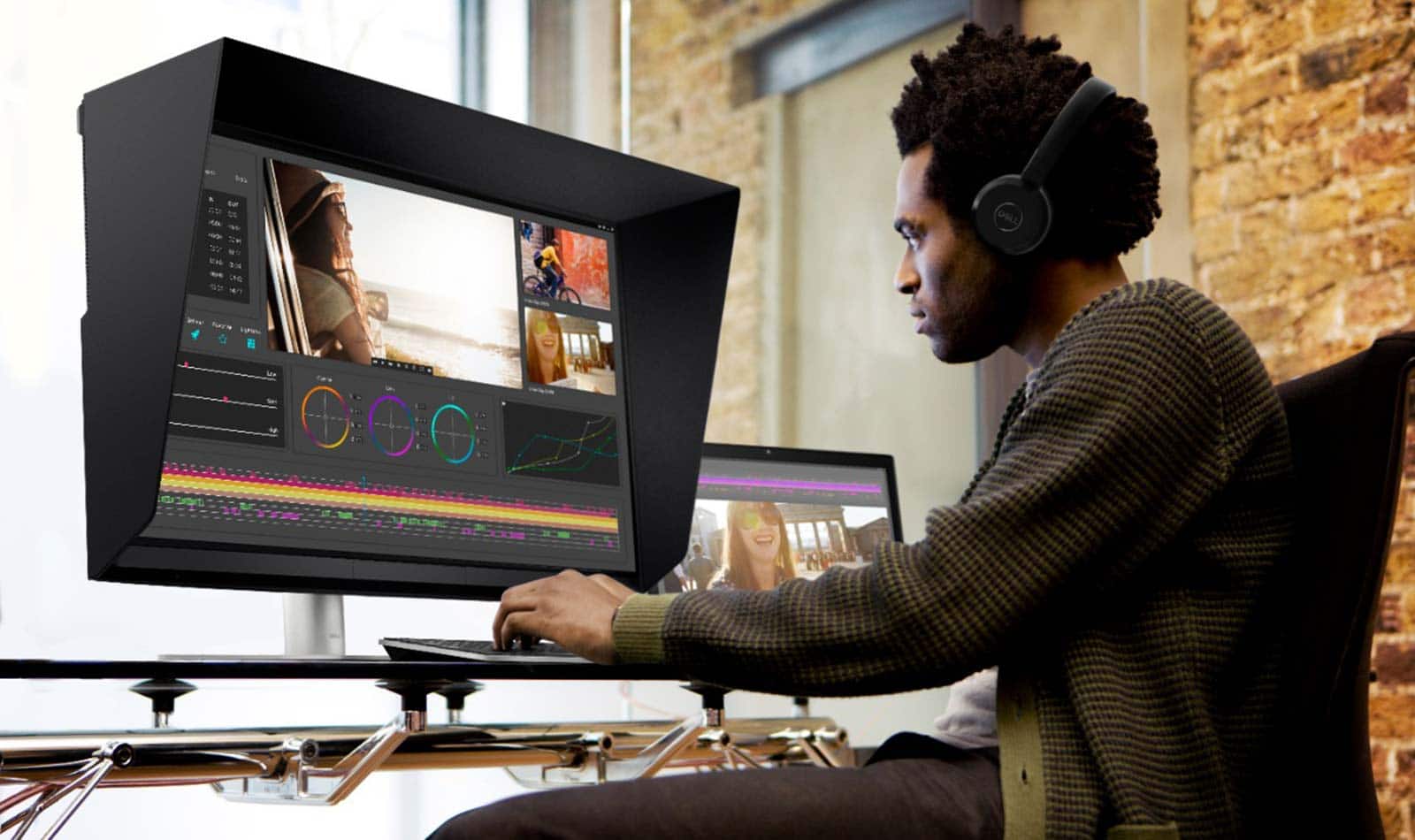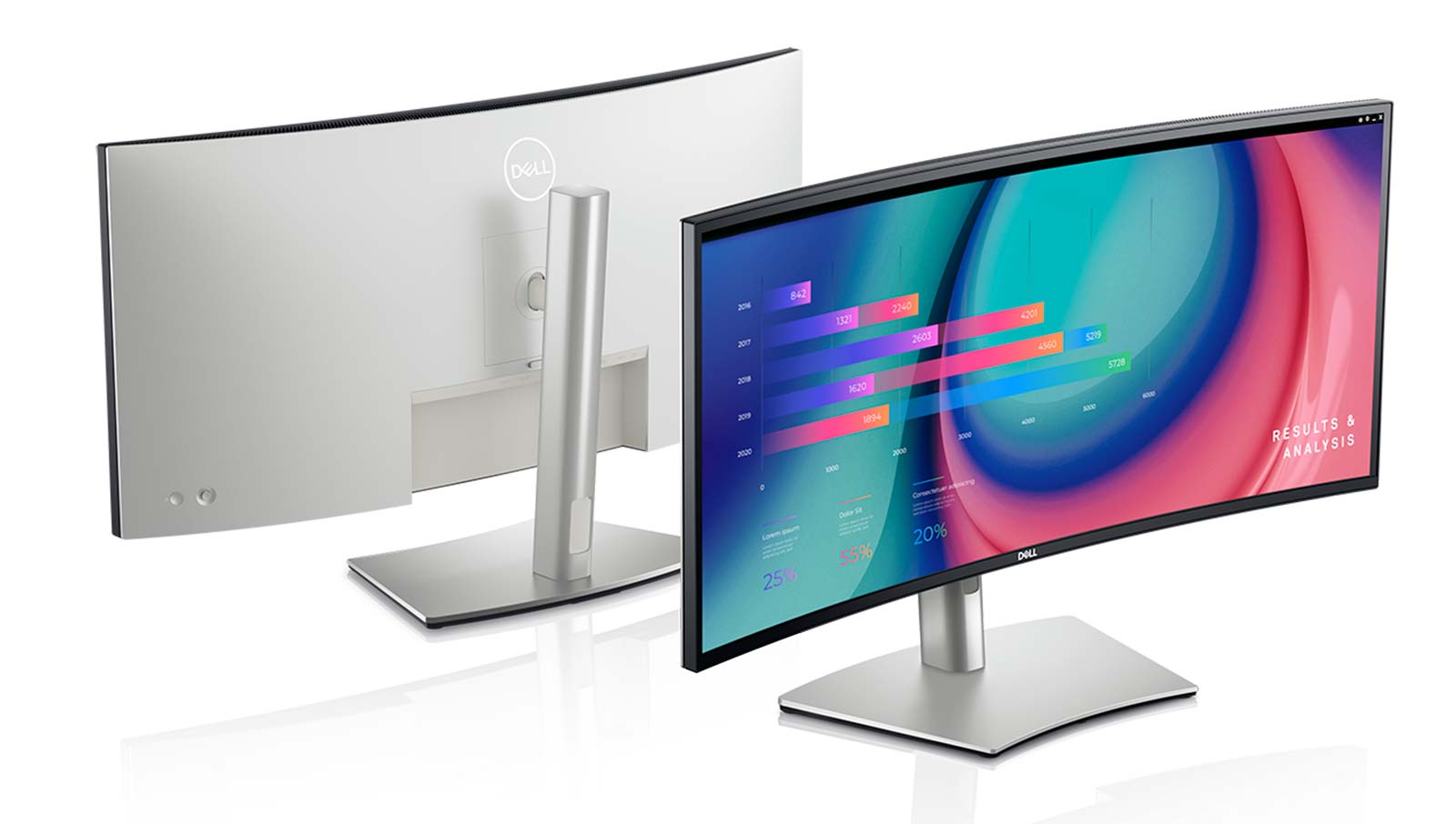If you’re looking for brightness and colour accuracy in your next monitor, you might want to look at Dell’s latest screen. And then its price. Slowly.
Computer screens might look largely the same, but go deep into what’s under the hood, and you’ll quickly learn just how different they all can be.
Panel choices, colour amounts, screen refresh rates, and resolutions are all major aspects of what makes a screen good or even great, and while it won’t matter to all, there are some features that apply to different people more than others.
For instance if you’re a gamer, you’ll typically want a screen with a fast refresh rate. Faster refresh rates tend to make games loading fast clearer and better on-screen, and mean you’re not waiting for the monitor to load the visuals.
Fast gaming monitors can use a screen technology meant for one user, but not always. However if you’re someone who plans to show their screen to more than one person, like with a tablet or a screen where people might gather, some screen technologies are better. Twisted Nematic (TN) panels are fast without fantastic viewing angles, while Vertical Alignment (VA) and In-Plane Switching (IPS) screens may not be as fast, but will definitely support better viewing angles, and are often why they’re used in TVs.
There’s also OLED, the Organic Light Emitting Diode technology that uses lab-grown LEDs for bright and vivid imagery.
Screen technologies vary wildly, but they’re always improving, and depending on how much you have to spend, plus what you want them for, you can find some interesting solutions.
In the professional graphics space — for artists, photographers, video editors, and animators — the focus tends to be on colour accuracy, and displaying as many of the billion colours as technology can. It’s something Dell has long been included in, and with its latest screen, it might have a winner, though it’s a winner that won’t come cheap.
Its latest screen is the UltraSharp 32 HDR PremierColour, a real mouthful of a name shortened to UP3221Q, offering a 31.5 inch 4K screen supporting HDR 1000 and 99.8% of the P3 colour gamut, as well as a built-in colourimeter to always keep its colours in check.
But it’s the screen technology that will likely get the most attention, before people get to the price.
Under the hood, Dell is using small clusters of LEDs, a technology known as Mini-LED, which TCL is using on some of its TVs in 2020. For Dell’s use, the UP3221Q uses Mini-LED for around 200 dimming zones, delivering more backlighting for balanced lighting across the eight million pixels the 4K (3840×2160) the screen will show, while the IPS screen that sits above it should deliver solid viewing angles to more than just the one person behind the screen.
In many ways, Dell’s UP3221Q appears more like a screen gunning for the spot taken by Apple’s XDR display, a 32 inch 6K Retina screen sporting a price tag from $8499 without the stand, which adds an extra $1699 to the cost. In comparison, the Dell UP3221Q costs $9999 in Australia.
For either of them, that cost is definitely something, and may stop you in your tracks. But it’s something that may not bat an eyelid for folks in the professional workstation world, who might also be used to the high-cost of workstation-class computers as it is.
Fortunately, it’s not Dell’s only monitor this week, with two others on the way. There’s a highly curved UltraSharp 34 inch curved screen (U3421WE) coming for $2545, while a 24 inch flat UltraSharp (U2421E) will cost $890 locally, and while the technology and prices between these screens are all different, they all have something in common: USB Type C.
All three screens arrive with support for Type C USB, with the 32 inch Mini LED UP3221Q even going further to include Thunderbolt 3 with support for 90W of power, making it ideal for plugging in those recent 16 inch MacBook Pro computers and taking charge from the screen, not from Apple’s power brick.
Finding these monitors in Australia isn’t necessarily going to be a quick thing, though. You’ll find the 24 inch U2421E in Australia from $890 now, while the 32 inch Mini-LED UP3221Q will see release for $9999 on November 5, and the 34 inch curved U3431WE for $2545 in on December 1.










